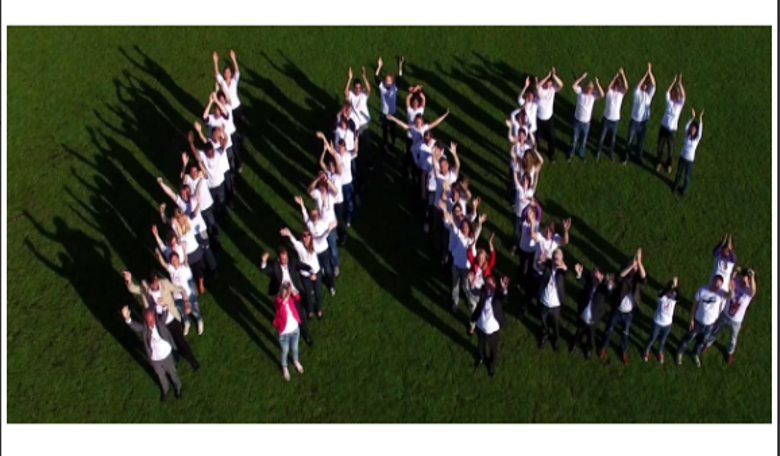The 69th International Astronautical Congress held in Bremen, Germany is now over for this year and what a week for news it was. Here are just a few of the highlights from this most auspicious event.
The OHB Group – one of the three leading space companies in Europe – signed a Letter of Intent (LOI) with Blue Origin in a collaboration which could see the two working together on a future mission to the lunar surface, using Blue Origin’s reusable orbital rocket New Glenn.
Meanwhile a subsidiary of OHB Group – OHB System AG – also signed a contract with ESA to be the agencies industrial principal contractor for its PLATO (Planetary Transits and Oscillations of Stars) mission. The contract, worth 288 million euros ($331 million), covers the delivery of the 2-tonne planet hunting satellite, including the required pre-launch testing and support by OHB staff during the launch campaign and the start-up phase in orbit.
NASA on the other hand signed an historic agreement for cooperation in human spaceflight with the United Arab Emirates Space Agency (UAESA). The document, which was signed by H.E. Dr. Ahmad Belhoul Al Falasi, Minister of State for Higher Education and Advanced Skills, and Chairman of the UAE Space Agency, and NASA Administrator Jim Bridenstine, outlines the intended cooperation across a range of areas related to space exploration, including: UAE astronaut training and utilisation of the International Space Station (ISS) by the UAESA, along with field studies and research in space biology, physical sciences and human research.
These latter few projects will aim to make use of the Mars Scientific City in Dubai, and the NASA Human Research Analog, a unique facility dedicated to investigating the effects of spaceflight on human beings.
Along with the UAE, Bridenstine took advantage of the global presence at the IAC to sign two further agreements with Israel and Japan. For SpaceIL’s up and coming mission to the Moon, which is expected to launch in 2019, NASA has agreed to contribute a laser retroreflector array (LRA) for ground tracking and to provide Deep Space Network support for this nonprofit venture.
While already formal partners, NASA and the Japan Aerospace Exploration Agency (JAXA) agreed to strengthen ties on the development of the X-Ray Imaging and Spectroscopy Mission (XRISM) that is scheduled to blast off in 2021 on a JAXA H-2A rocket; XRISM is being built to investigate X-ray celestial objects in the Universe with unprecedented high resolution X-ray spectroscopy.
Keeping with the Americas, Agencia Espacial Civil Ecuatoriana (EXA), and Agencia Espacial de Colombia announced their intent to sign a joint agreement with Astrobotic to facilitate their plans for multiple Moon missions with the aid of the Peregrine lunar lander. Peregrine is Astrobitotic’s lunar lander that is designed to deliver payloads for governments, companies, universities, non-profits, and individuals at an industry-defining price of $1.2 million per kilogram.
Lockheed Martin, the prime contractor for NASA’s Orion spacecraft announced it was looking for ideas of commercial uses, including payloads, science, STEM, art and entertainment, or any other commercial endeavours that would fly on one of Orion’s upcoming missions to the Moon and back. Interested parties should submit a concept direct to Lockheed.
And finally, the Canadian Space Agency (CSA) and Moon Express signed a Memorandum of Understanding (MOU) with the CSA expressing an interest in using the Moon Express lunar orbiter and lander systems for getting potential CSA payloads to the Moon.
“Moon Express is excited to support the Canadian Space Agency in a new era of lunar exploration,” said Moon Express Founder and CEO Bob Richards. “Successful collaborations between the CSA and private industry have put Canadian technology on the surface of Mars, and soon near asteroids. We look forward to working with the CSA to develop new opportunities for Canadian science and technology in the exploration of Earth’s eighth continent, the Moon, and its vast resources.”
Missed this year’s IAC? Next year the IAC will be held in Washington, US and in 2020, the UAE will host the congress in Dubai. The event is planned to coincide with the launch of the region’s first interplanetary mission, the Mars “Hope” Probe. The spacecraft is set to gather data on the Red Planet’s atmosphere before sharing important information with the global scientific community after its arrival in 2021.











